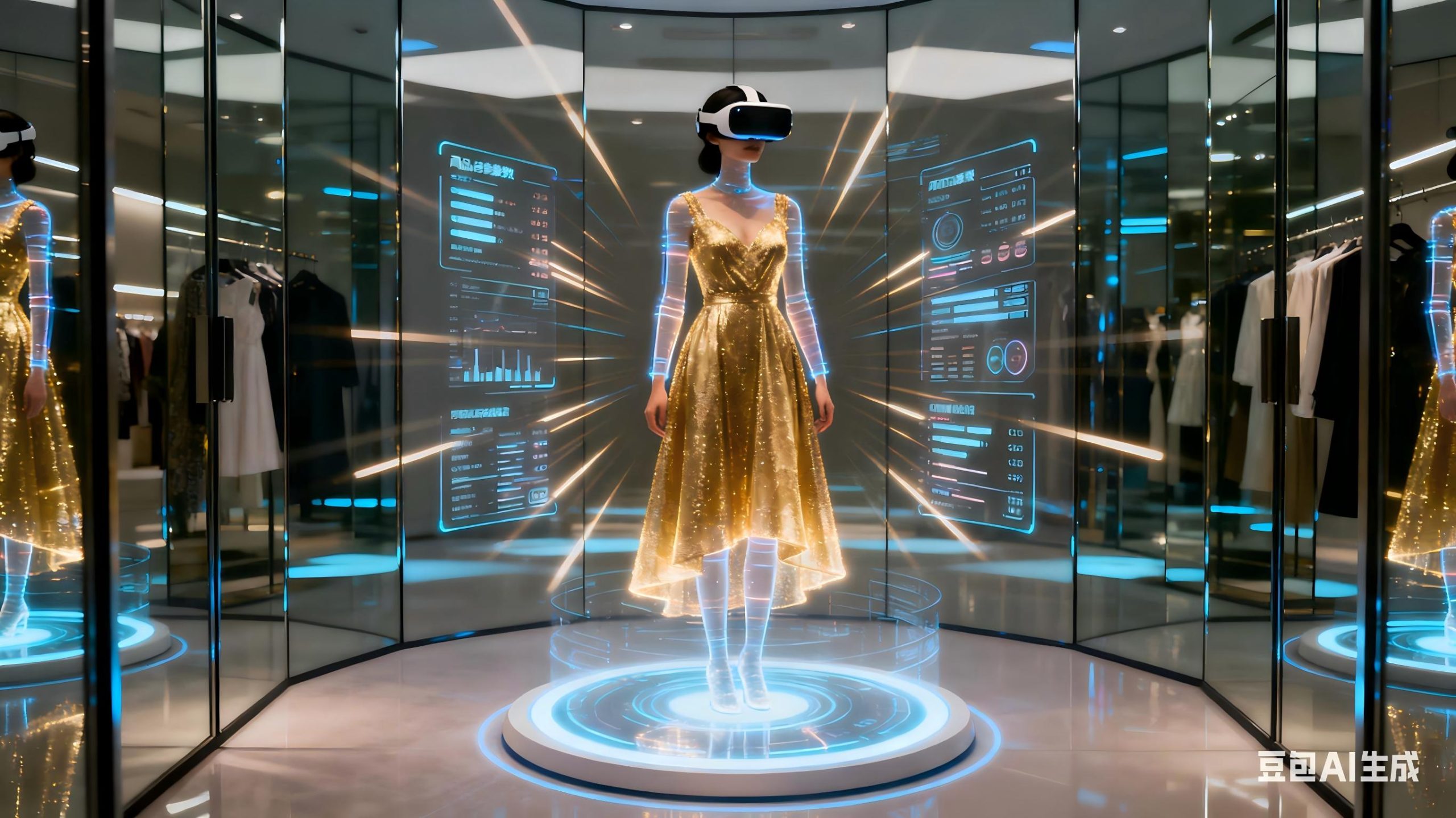Gone are the days when consumers only cared about product quality and price. Today, especially among Gen Z and millennials, shopping is no longer a mere transaction—it’s a pursuit of unique experiences. The metaverse is emerging as the game-changer in retail, transforming how brands connect with consumers and redefining the shopping journey.
One of the most exciting applications of the metaverse in retail is virtual stores. Unlike traditional e-commerce platforms that display products through 2D images, metaverse stores offer 3D, immersive spaces where consumers can use avatars to “walk” through aisles, touch and inspect products in detail, and even try on items like clothing or cosmetics. For instance, luxury brand Gucci launched a virtual store in The Sandbox, a popular metaverse platform. Visitors can explore Gucci’s iconic designs in a futuristic space, try on virtual sneakers that can be synced to their real-life photos, and even purchase limited-edition digital collectibles (NFTs) that represent exclusive Gucci items.
Another key trend is social shopping in the metaverse. Consumers no longer want to shop alone—they crave interaction and sharing. Metaverse platforms allow friends to meet in virtual stores, share shopping recommendations, and even attend live events like product launches or fashion shows together. In 2023, Sephora hosted a metaverse beauty festival where users could attend makeup tutorials, try on virtual makeup using AR technology, and chat with beauty experts and other shoppers in real time. The event attracted over 500,000 participants and led to a 30% increase in online sales for Sephora’s new product line.
Moreover, the metaverse enables brands to build deeper emotional connections with consumers. By creating unique virtual experiences that align with their brand values, brands can foster loyalty beyond just product satisfaction. For example, Patagonia, a brand focused on environmental protection, launched a metaverse store that includes a virtual nature reserve. Shoppers can explore the reserve to learn about environmental issues, and a portion of each virtual purchase goes to real-world conservation projects. This not only enhances the brand’s image but also makes consumers feel they are contributing to a meaningful cause.
As the metaverse continues to evolve, retail will no longer be limited by physical spaces. The future of shopping is about creating memorable experiences that blend entertainment, social interaction, and personalization—and the metaverse is leading the way.

Leave a Reply